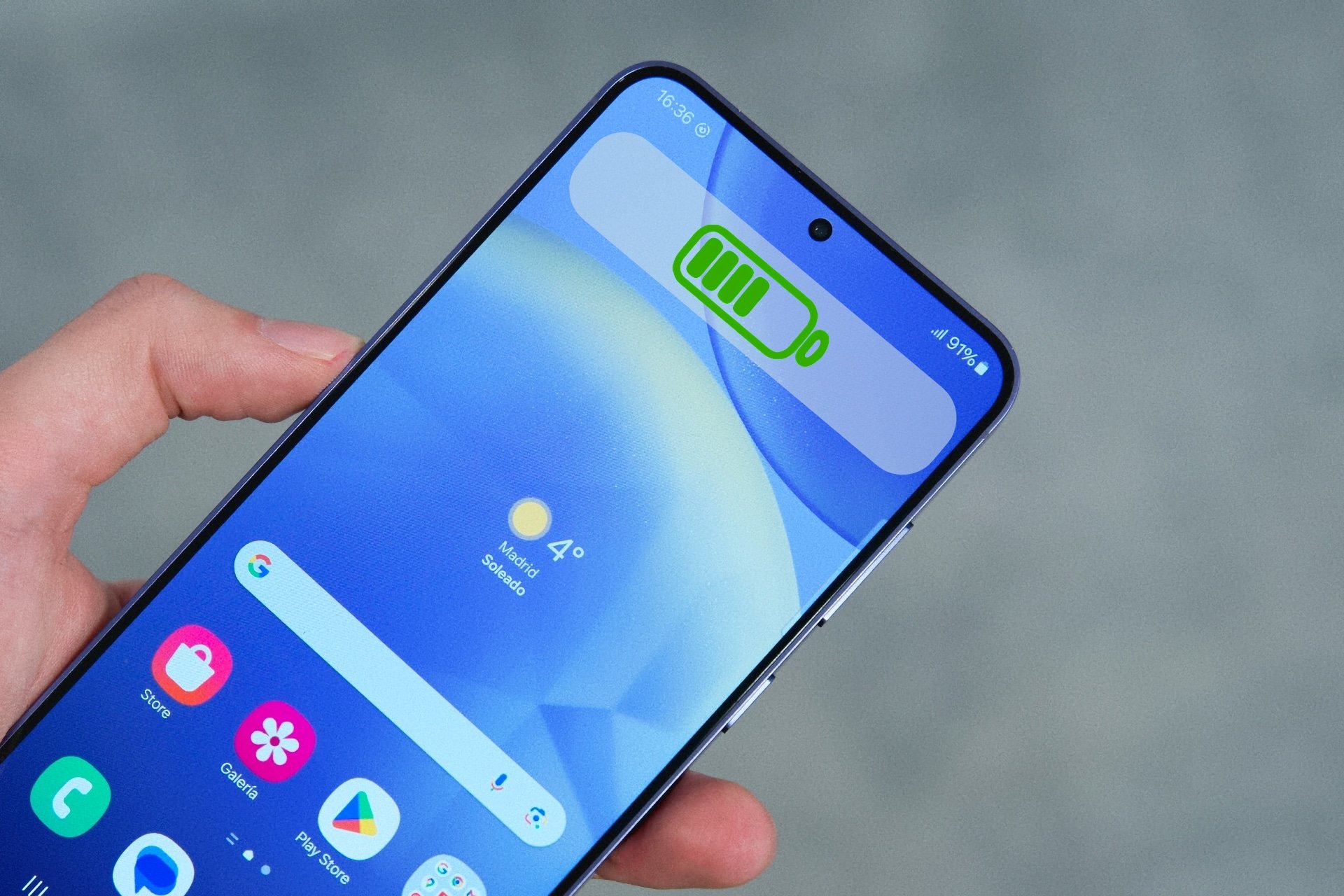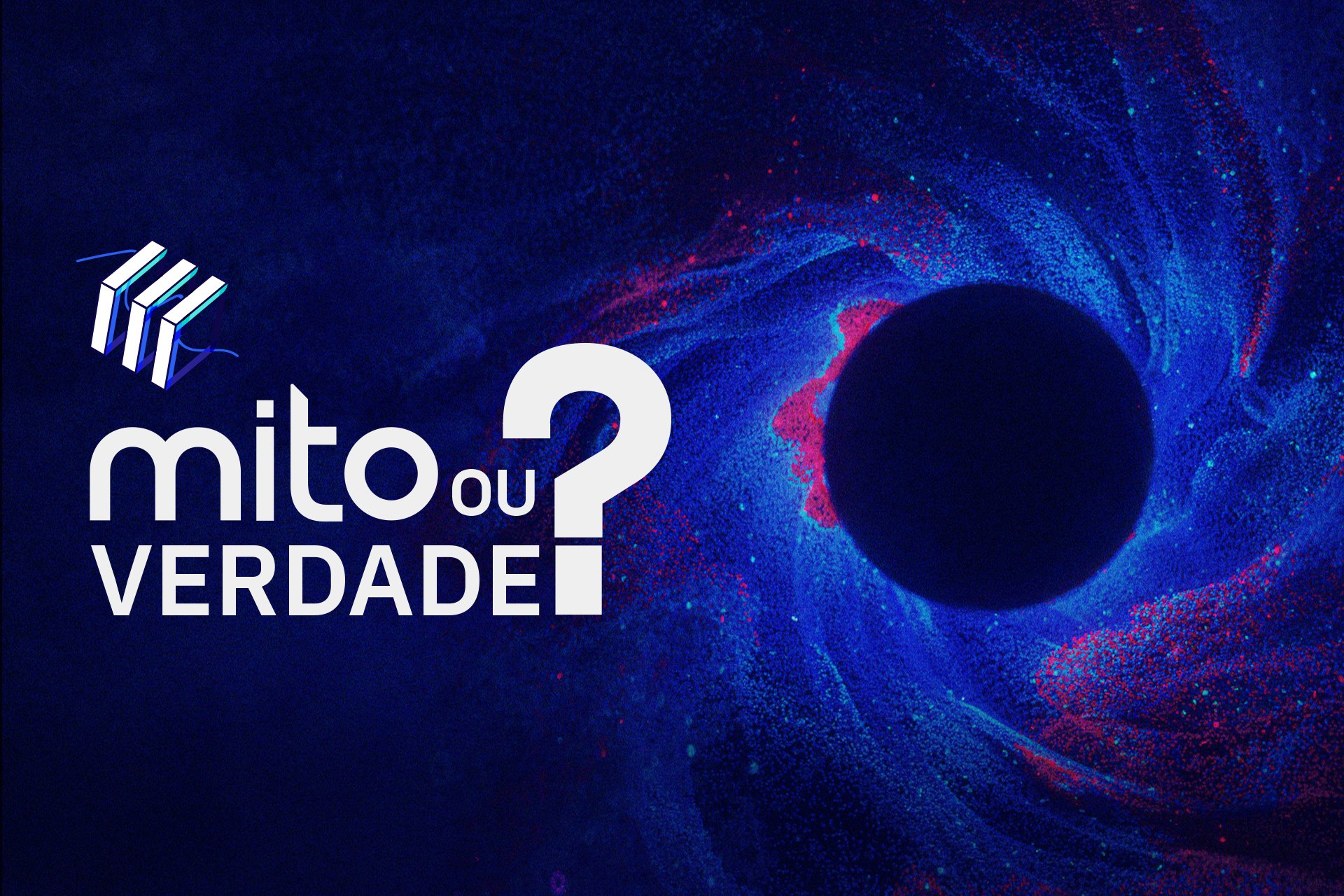Bringing together astronomers from around the world, The Event Horizon project succeeded in capturing the first image of the supermassive black hole Sagittarius A* in the center of the Milky Way in May 2022.
Confirmation of the black hole’s existence has many people wondering if Sgr A* could pose a real threat to our planet. Worry is not unfounded because These celestial bodies are said to be giant vacuum cleaners that suck everything up. around (even light!).
But in the end Could Earth be swallowed up by a black hole at some point?
First of all, what is a black hole?
The truth is that very little is known about black holes. Basically, they are celestial bodies with an extremely strong gravitational force due to their mass concentrated in a very small area. Due to its strong gravity, anything that comes close to it is absorbed.
However, it should be noted that a celestial body must be very close to be drawn into a black hole. Three types of black holes are known to exist so far:
- Stellar Black Holes: It is formed by the collapse of massive stars. They are usually 10 to 100 times larger than the Sun;
- Intermediate Black Holes: they are quite rare and have a mass of 100 to 100 thousand times that of the Sun;
- Supermassive Black Holes: It is located at the centers of galaxies and has masses equivalent to millions or billions of times the mass of the Sun.
By all indications, there are more than 100 million black holes in the Milky Way alone.
Could Earth be swallowed by a black hole?
With so many black holes out there, how was the Earth not swallowed by one during its 4.5 billion-year history?
As we said above, Black holes can have a very significant gravitational effect, but they cannot instantly absorb objects at great distances.as shown in science fiction movies and as most people imagine.
For Earth to be pulled into a black hole, it would have to be very close.
To give you an idea, currently the closest black hole to us is located 1,600 light-years away in the constellation Ophiuchus. The large distance between the two significantly reduces the chance of being swallowed by one of them..
However, since almost nothing is written in stone, scientists argue that it is impossible to ignore this hypothesis. “It could happen. But that’s very unlikely, and we’ll have some warnings before something really bad happens,” astronomer Christopher Springob said in a text published on the Cornell University (USA) website.
According to him, if the Milky Way had collided with another galaxy and Earth were thrown into the middle of the galaxy, we would be close enough to “feed” a black hole, for example. But don’t worry, this idea seems unlikely; at least in the next 4 billion years.
Did you like the content? Learn more about astronomy like this at TecMundo, and take the opportunity to learn about Oppenheimer’s role in the study of black holes.
Source: Tec Mundo
I’m Blaine Morgan, an experienced journalist and writer with over 8 years of experience in the tech industry. My expertise lies in writing about technology news and trends, covering everything from cutting-edge gadgets to emerging software developments. I’ve written for several leading publications including Gadget Onus where I am an author.











